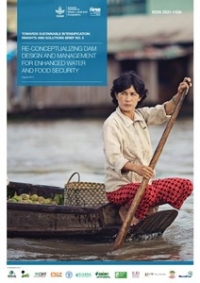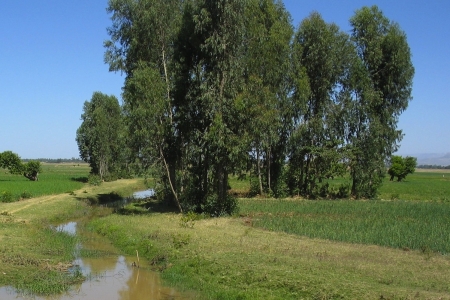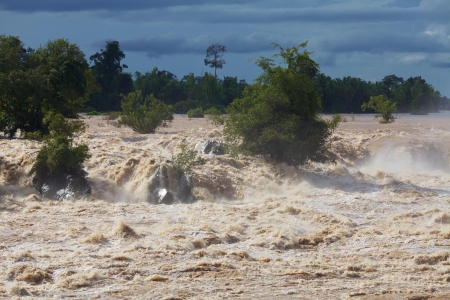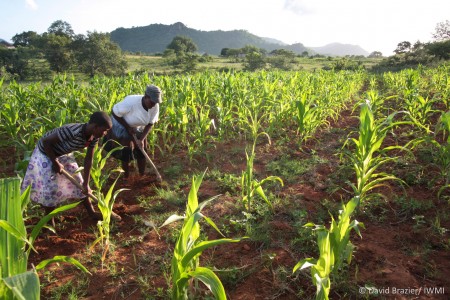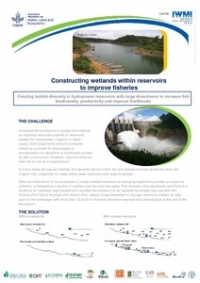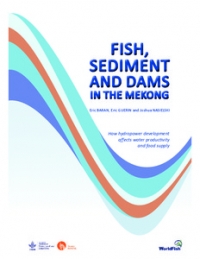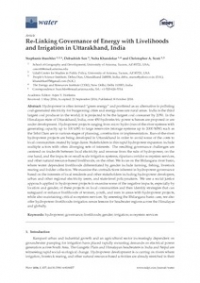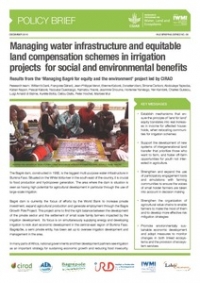Large dams contribute significantly to economic growth, food security and national development. They can also help societies cope with climate change by storing water, protecting people and assets from floods, and generating cleaner electricity. Yet, large dams are controversial because of the adverse social and environmental impacts associated with them historically. Among dam proponents, the debate centers on how best to overcome these impacts and how much project financing to set aside for this purpose. Anti-dam campaigners, meanwhile, represent nature as a hapless victim of the tyranny of large infrastructure projects.
Convinced that neither point of view is satisfactory, we propose a more constructive way of thinking. One which acknowledges the dual role that nature plays, contributing to the success of large dams, on the one hand, while helping people adapt to their impacts, on the other.
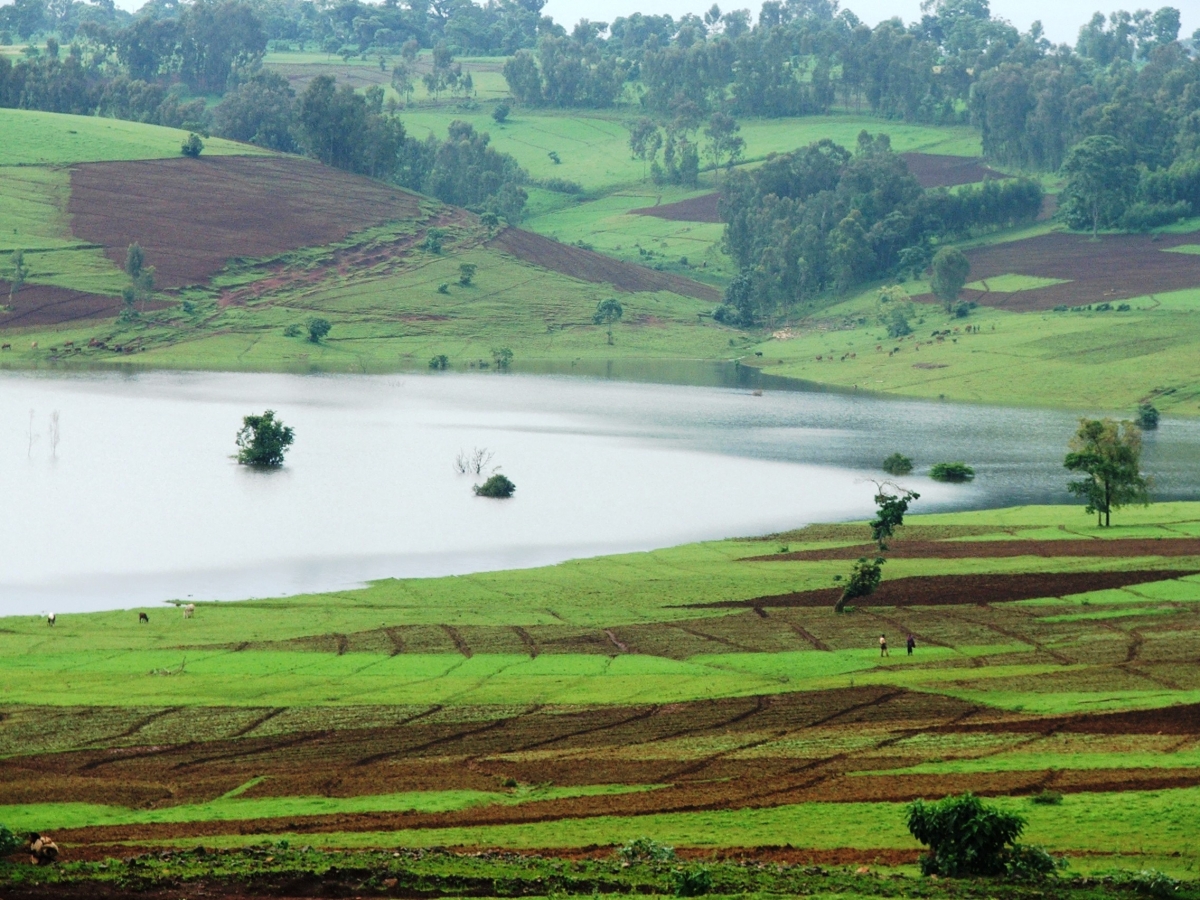
The case for investing in nature
Upstream from dams, ecosystems affect not only the amount of water that enters reservoirs but also the quality of that water. Natural ecosystems (forests, grasslands and wetlands) tend to do a better job of regulating water flows – and, importantly, sediment and nutrient fluxes – than agricultural and urban systems. This makes a big difference for three reasons. First, greater flow regulation results in more efficient dam operation. Second, with reduced sediment loads flowing into reservoirs, electricity turbines and other equipment last longer. And third, better water quality lowers the costs of treatment.
Natural ecosystems also play an important role downstream from dams, delivering a wide range of benefits from the ecosystem services they provide. The water, sediments and nutrients that rivers transport are vital for grazing and agriculture on floodplains, river bank gardens, and both riverine and coastal fisheries. Globally, hundreds of millions of people depend on the fish, livestock and crops that these systems produce, relying on natural river flows.
From the perspective of dam proponents, “investing in nature” is not a waste of money or a drain on their profit margins. On the contrary, such investments are just as important as the concrete and steel needed to build dams and reservoirs, contributing to the long-term resilience and sustainability of this infrastructure. Healthy reservoirs situated in healthy landscapes are not only good for the environment and people but also make good economic sense.
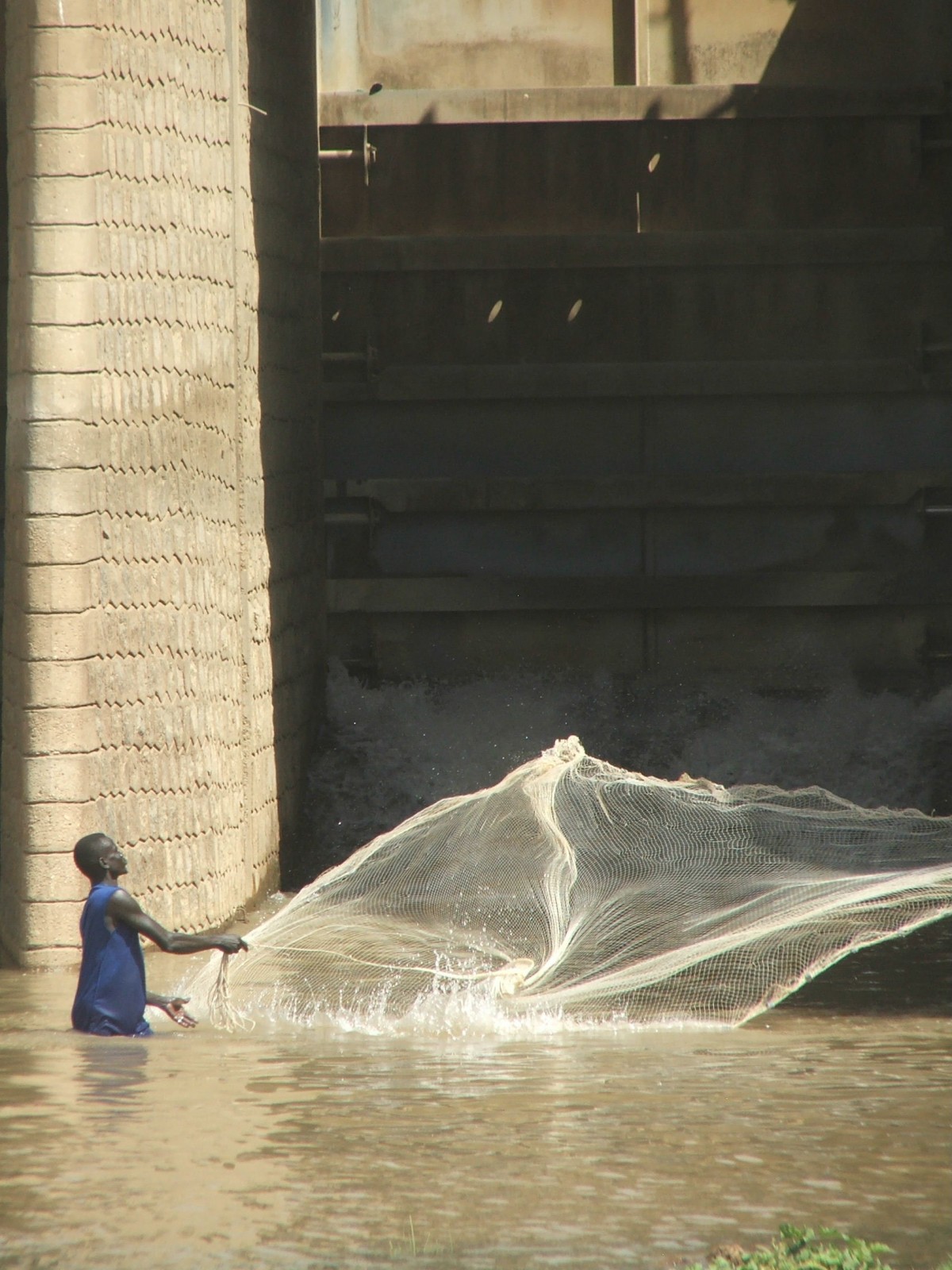
From principle to practice
The Tana River basin in Kenya covers 21 percent of the country, contributes 50 percent of the country’s total river discharge into the Indian Ocean and is home to 18 percent of the national population. In this basin – Kenya’s most important in economic terms – five large dams built since 1968 provide hydroelectricity for the national grid and store water for large-scale irrigation, and the country has plans to build more dams.
Those already in operation, however, have altered river flows, seriously undermining important downstream ecosystem services, such as cattle grazing on the floodplain, flood recession agriculture, river bank gardens, and fisheries. According to recent analyses, conducted as part of the WISE-UP to climate project, the dams’ impact on these ecosystem services varies annually but could cost, on average, around US$60-70 million a year in lost benefits. Moreover, changes to the river flow have adversely affected the livelihoods of more than one million people, many of whom are the poorest in the country.
Upstream from the dams in the basin’s headwaters, population growth together with unsustainable agricultural practices, such as ploughing on steep slopes, have led to a dramatic increase in soil erosion. As a result, the Masinga reservoir – the largest and furthest upstream – has lost an estimated 10 percent of its storage capacity since 1981 and could be completely full of silt within 65 years.
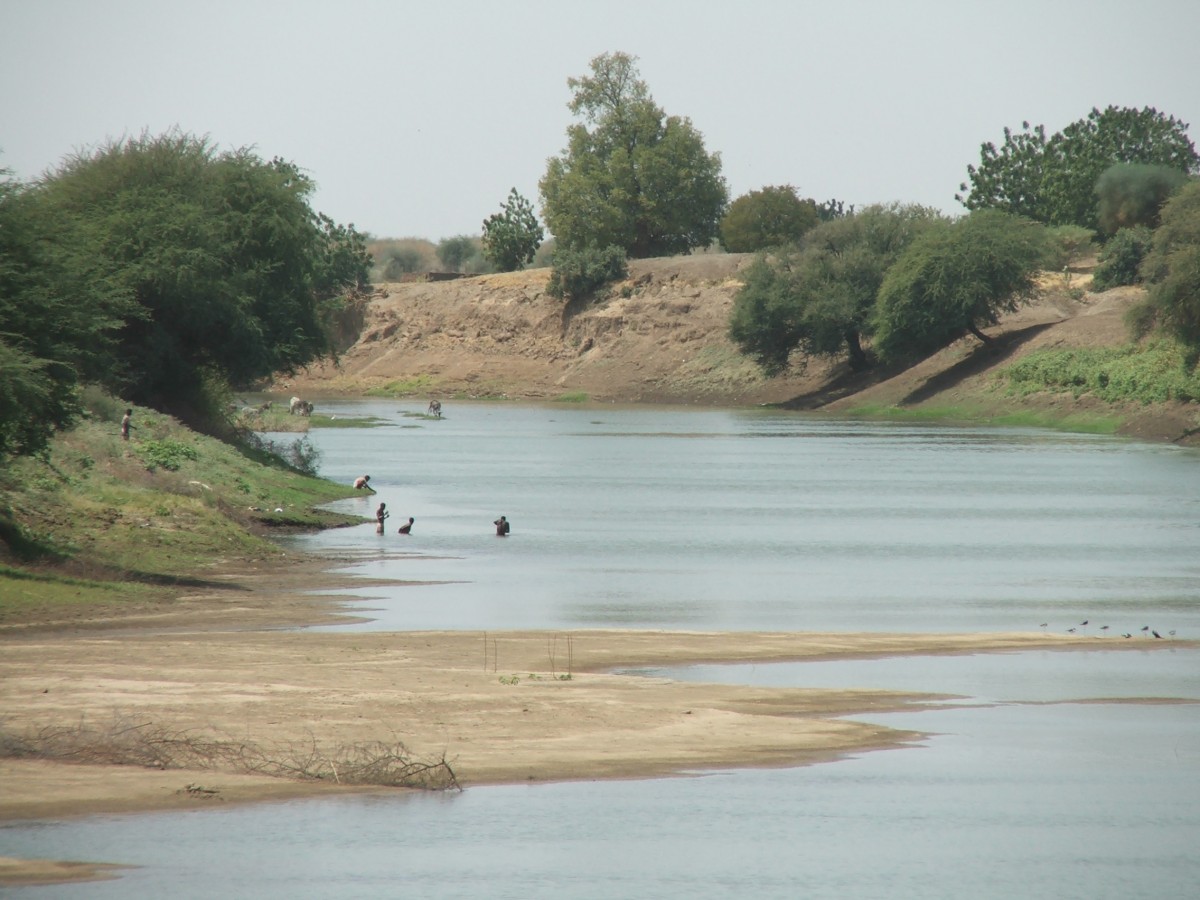
Balanced dam management
In an effort to counteract these impacts, a consortium of partners established Africa’s first water fund in 2015. Called the Nairobi Water Fund, this public-private partnership is designed to invest in broader landscape based approaches to reduce erosion using targeted interventions in natural infrastructure in the upper basin. Activities include restoring grass buffers in riparian zones close to streams and rivers, improved land management and soil stabilization techniques (such as terracing and agro-forestry), and restoration of degraded land.
The Water Fund’s “business plan” estimates that US$10 million spent on natural infrastructure in the upper basin can bring returns of $21.5 million over 35 years through more sustainable hydropower production and reduced water treatment costs. Recent work indicates that, if properly implemented, these actions, while not eliminating the problem of soil erosion, can help reduce it. Moreover, they may provide the proof of concept needed to secure larger investments across the basin’s headwaters for addressing climate change impacts beyond 2025. Recent work, again from the WISE-UP to climate project, underlines that difficult decisions need to be made about which ecosystem services to restore or maintain, and therefore where benefits will accrue and to whom.
Downstream, the challenge is to operate the dams in a balanced way that maintains the high flows on which floodplain benefits depend but without the devastating floods that destroy lives and livelihoods. Such an approach may slightly reduce electricity generation. But investments upstream from the dams will reduce sediment loads and improve water flow into the reservoirs, helping make dam operations more flexible and reducing the costs of downstream water releases.
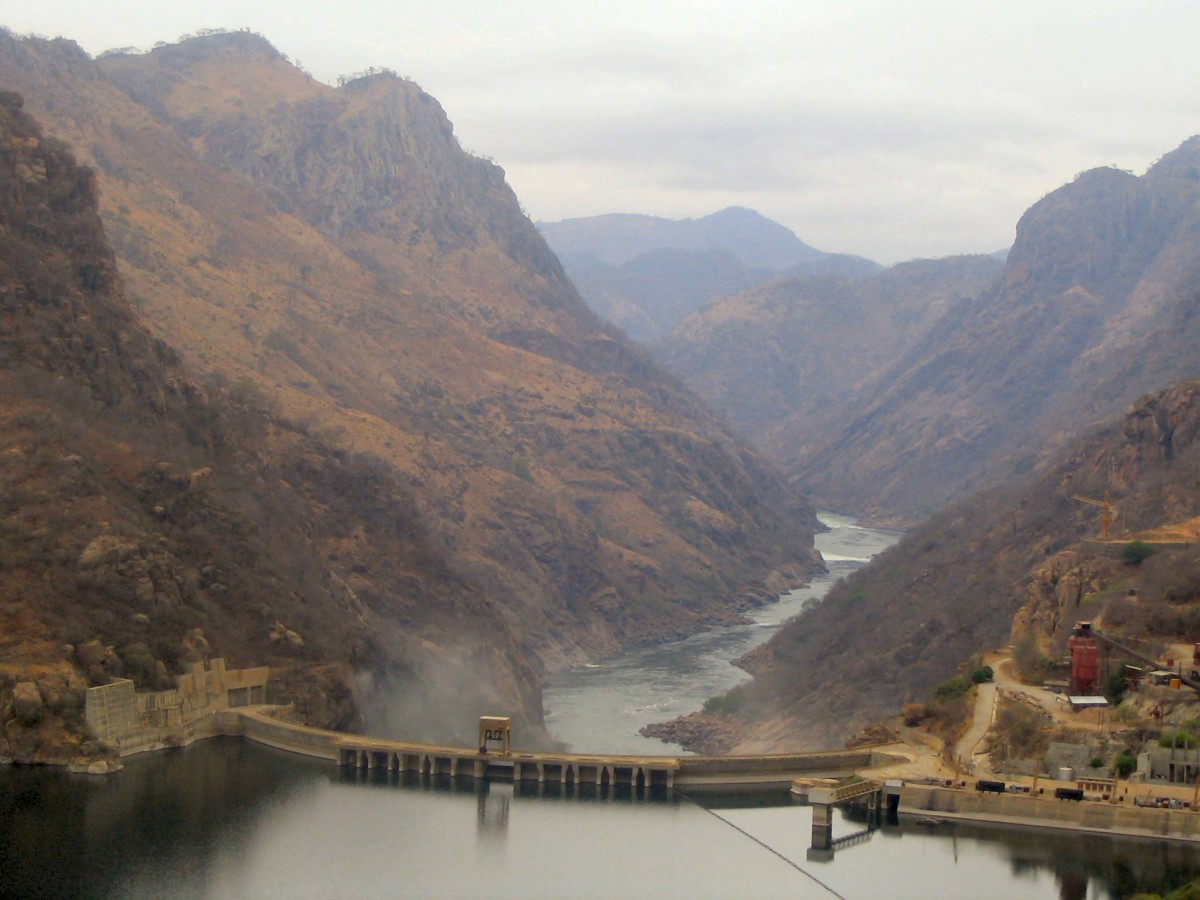
Bringing nature to the fore
The returns from investing in nature depend not just on the gains from physical landscape restoration but from the services that ecosystems provide, both locally and downstream, across entire river basins. These investments can go directly into landscape restoration and management, or can aim to enhance the operation of dams and other infrastructure.
With large dam construction growing, it is time to rethink the relationship between nature and dams, and to give investment in nature the same importance as other elements of large dam schemes. Dams and nature must work in tandem to help keep sustainability at the center of the global development agenda. Put simply, investing in nature is not only good for people and good for the planet but also good for the bottom line.





